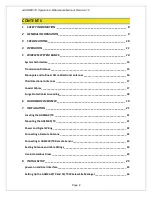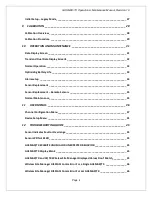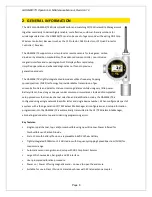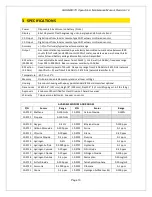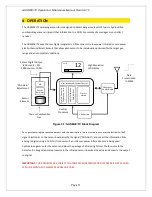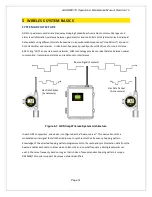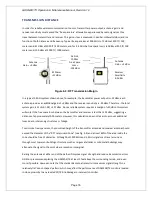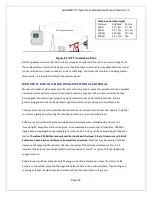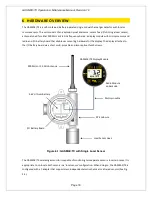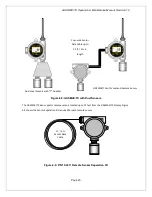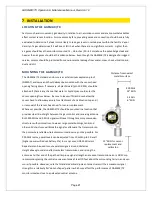
GASMAX/TX Operation & Maintenance Manual, Revision 1.0
Page 14
5
WIRELESS SYSTEM BASICS
SYSTEM ARCHITECTURE
GDS Corp wireless uses discrete Frequency-Hopping Spread-Spectrum radios to communicate gas and
alarm level information wirelessly between gas detectors and controllers. FHSS radios transmit individual
data packets using different discrete frequencies in a pseudorandom sequence (“Hop Pattern”) known to
both transmitter and receiver. Unlike Direct-Sequence Spread Spectrum (DSSS) used for short distance
802.11 b/g “WiFi” and certain mesh networks, FHSS technology provides an ideal balance between power
consumption, transmission distance and resistance to interference.
Figure 5-1: GDS Corp Wireless System Architecture
In each GDS Corp system, one device is configured as the “beacon server”. This device transmits a
modulated carrier signal that all other radios use to synchronize their frequency-hopping pattern.
Knowledge of the selected hopping pattern programmed into the radio and synchronization data from the
beacon enables each radio to know when to transmit, and on what frequency. Multiple networks can
exist in the same frequency band so long as their choice of pseudorandom hopping pattern is unique.
GASMAX/TX monitors support 26 unique network identifiers.
Beacon Signal (Constant)
Gas Data Packet
(As necessary)
Gas Data Packet
(As necessary)



